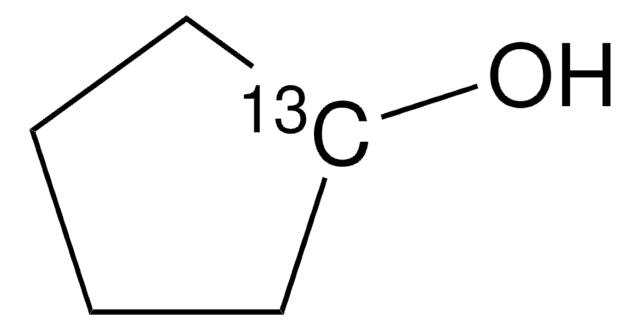609765
Sodium hydroxide-16O solution
20 wt. % in H216O, 99.9 atom % 16O
About This Item
Produits recommandés
Description
18O-depleted
Pureté isotopique
99.9 atom % 16O
Concentration
20 wt. % in H216O
Changement de masse
depleted
Chaîne SMILES
[16OH-].[Na+]
InChI
1S/Na.H2O/h;1H2/q+1;/p-1/i;1+0
Clé InChI
HEMHJVSKTPXQMS-QMVMUTFZSA-M
Catégories apparentées
Conditionnement
Mention d'avertissement
Danger
Mentions de danger
Classification des risques
Eye Dam. 1 - Met. Corr. 1 - Skin Corr. 1A
Code de la classe de stockage
8B - Non-combustible corrosive hazardous materials
Classe de danger pour l'eau (WGK)
WGK 1
Point d'éclair (°F)
Not applicable
Point d'éclair (°C)
Not applicable
Équipement de protection individuelle
Faceshields, Gloves, Goggles, type ABEK (EN14387) respirator filter
Faites votre choix parmi les versions les plus récentes :
Certificats d'analyse (COA)
Vous ne trouvez pas la bonne version ?
Si vous avez besoin d'une version particulière, vous pouvez rechercher un certificat spécifique par le numéro de lot.
Déjà en possession de ce produit ?
Retrouvez la documentation relative aux produits que vous avez récemment achetés dans la Bibliothèque de documents.
Notre équipe de scientifiques dispose d'une expérience dans tous les secteurs de la recherche, notamment en sciences de la vie, science des matériaux, synthèse chimique, chromatographie, analyse et dans de nombreux autres domaines..
Contacter notre Service technique




